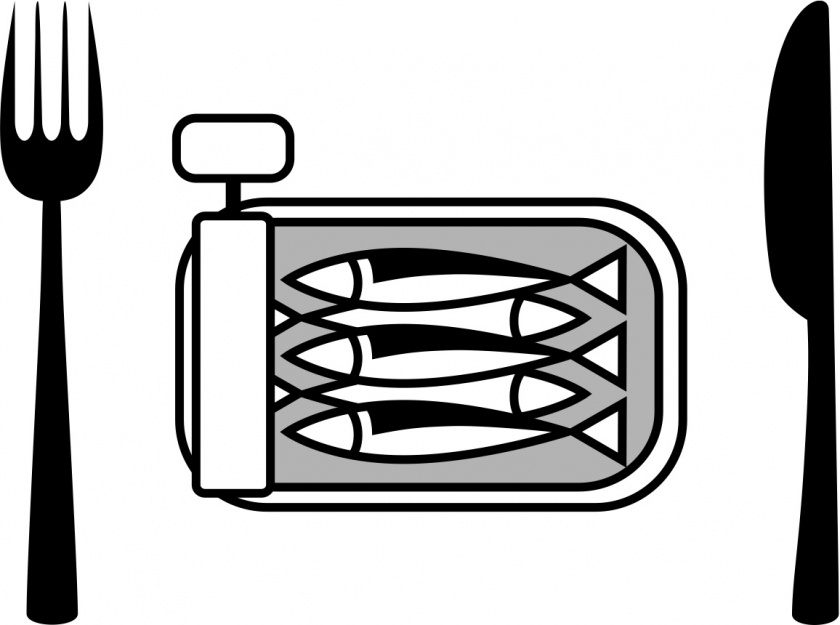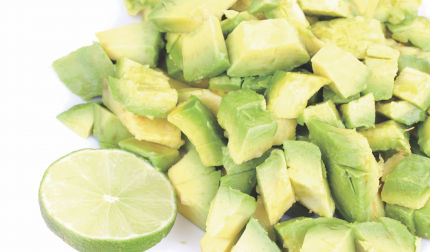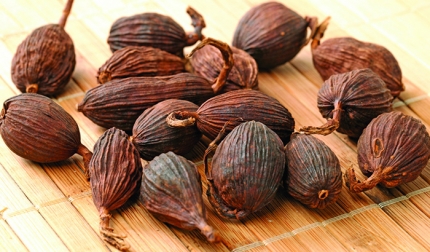Regardless of your sport or position, one thing is a given. Each time you train or perform, your body incurs major wear and tear. And as a pro, you breathe in more oxygen than the average Joe. That means your body generates additional free radicals, unstable oxygen molecules that fuel inflammation, delay healing, and trigger premature aging.
Fortunately, today’s nutrition scientists have confirmed what our ancestors have long suspected—natural substances found in food can reverse the effects of inflammation, and even act as natural pain relievers. Here’s the science behind five of my favorite superfoods, along with easy ways to incorporate them into your routine:
Ginger
Stubbing your toe is a classic example of inflammation. The throbbing pain is accompanied by swelling and an immune system response, which promotes healing. When inflammation occurs in the joints, however, such as osteoarthritis, it creates a cascade of problems—the loss of cartilage, a painful grating sensation, and reduced flexibility. But anti-inflammatory foods like ginger quell the flames. In a study of over 250 people with osteoarthritis of the knee, those who received a ginger extract twice a day experienced less pain and needed fewer pain-killing meds compared to those who received a placebo. In fact, ginger has been shown to share the same pharmacological properties as non-steroidal anti-inflammatory drugs (NSAIDs) such as ibuprofen and naproxen.
Try it: You’ll find fresh ginger root in the produce section of nearly every major food market. Peel away the golden skin with a spoon and finely grate the root. Add a half to full teaspoon to ice water, hot tea or fruit smoothies, or sprinkle it onto fresh fruit and cooked vegetables like broccoli, bok choy or snow peas. For real ginger (not just flavoring) on-the-go, look for organic crystallized chews, available at stores like Whole Foods or gingerpeople.com
Tart Cherries
One of nature’s most potent pain relievers may grow in your very own back yard. To test the effectiveness of a tart cherry juice blend in preventing signs of exercise-induced muscle damage, scientists at the University of Vermont’s Human Performance Laboratory studied fourteen male college students. Each drank 12 ounces of either a cherry juice blend or a placebo twice a day for eight days. Neither the testers nor the researchers knew which beverage was being consumed. On the fourth day of the study, the men completed a series of strenuous strength training exercises. Strength, pain and muscle tenderness were recorded before and for four days after the workout. Two weeks later, the opposite beverage was provided, and the study was repeated. The result: researchers found that the loss of strength and levels of pain were significantly lower in the cherry juice group. Strength loss averaged 22% in the placebo group compared to just 4% in the cherry group.
Try it: Tart whole cherries are the key to reaping the rewards. They’re in season late summer, but you can put them to work year round. Look for bags of whole, pitted cherries in the frozen food section and select brands with no added ingredients. Whip one cup into a smoothie, along with 6 oz of organic milk and a few tablespoons of almond butter, or thaw and fold into oatmeal, along with pistachios or chopped pecans. You’ll also find tart cherry juice bottled in health food stores and sold online at CherryPharm.com. Each of this brand’s single serving containers packs an impressive 50 whole cherries.
Sardines
An optimal anti-inflammatory diet focuses on fighting inflammation through the creation of molecules called prostaglandins. There are three main types of prostaglandins. Two fight inflammation while the third fans the flames. The key is creating a balance that favors the former, and it all starts with what’s on your plate. Prostaglandins are made in the body from essential omega-3 fatty acids called DHA and EPA, found in fatty fish like sardines. Research shows that a diet high in vegetables and low in refined carbohydrates, like white bread and pasta, that limits “bad” saturated and trans fats (think burger and fries, wings and pepperoni pizza) enhances their ability to fight inflammation. Just 2.5 oz of sardines provide the 1,000 mg of combined DHA and EPA needed daily.
Try it: Sardines are hot with chefs these days, so they’re popping up on menus across the country, but these silvery gems are also a perfect portable snack. Load up on a few cans from the supermarket and stash them in your gym bag. Look for tins packed in spring water, which you can eat straight from the can. If you can’t stomach sardines or you’re a die hard salmon fan (which contains the same type of omega-3s), load up on Snackmasters all natural salmon jerky.
Extra Virgin Olive Oil
This Mediterranean staple contains a natural chemical called oleocanthal that acts similarly to ibuprofen. Oleocanthal is responsible for the slight peppery "bite" of extra virgin olive oil (EVOO). Fifty grams of olive oil per day (about three-and-a-half tablespoons) is thought to have the same effect as 1/10 of an adult dose of pain reliever. That’s a pittance to Greeks, who consume an average of 26 liters per person per year. Stick with extra virgin, which indicates the highest quality and flavor. It’s made from the first pressing of the olives and captures the most antioxidants.
Try it: Banish the butter. Drizzle EVOO on a plate as a dip for hearty whole grain bread, make it your staple for sautéing spinach, and slather it on veggie kabobs before tossing on the grill. Douse garden or tomato salads with a simple mixture of EVOO, aged balsamic vinegar and freshly grated Italian seasoning. Oil’s been shown to boost the absorption of key antioxidants in veggies by up to four times compared to a salad dressed without fat.
Turmeric
The active ingredient in this exotic spice, called curcurmin, has been shown to lower levels of two enzymes that fuel inflammation, and one recent study found that curcumin works to insert itself into cell membranes, to make them more stable and orderly. That added durability increases each cell’s resistance to damage, infection and inflammation.
Try it: instead of American, opt for Indian or Thai take out, particularly curry heavy dishes (turmeric is the main spice in curry seasoning), such as chicken or seafood tagine or tandoori, curried lentils or dahl and Thai curry. At home, keep a bottle of turmeric handy to sprinkle onto scrambled eggs, cubed potatoes, or roasted and grilled veggies like cauliflower, eggplant, Bell peppers and tomatoes.
Cynthia Sass, author of S.A.S.S. Yourself Slim: Conquer Cravings, Drop Pounds and Lose Inches, is a nutritionist, Board Certified as a Specialist in Sports Dietetics. She is the nutrition consultant to the New York Rangers and Tampa Bay Rays and works with professional and competitive athletes in numerous sports. She can be reached via CynthiaSass.com.





